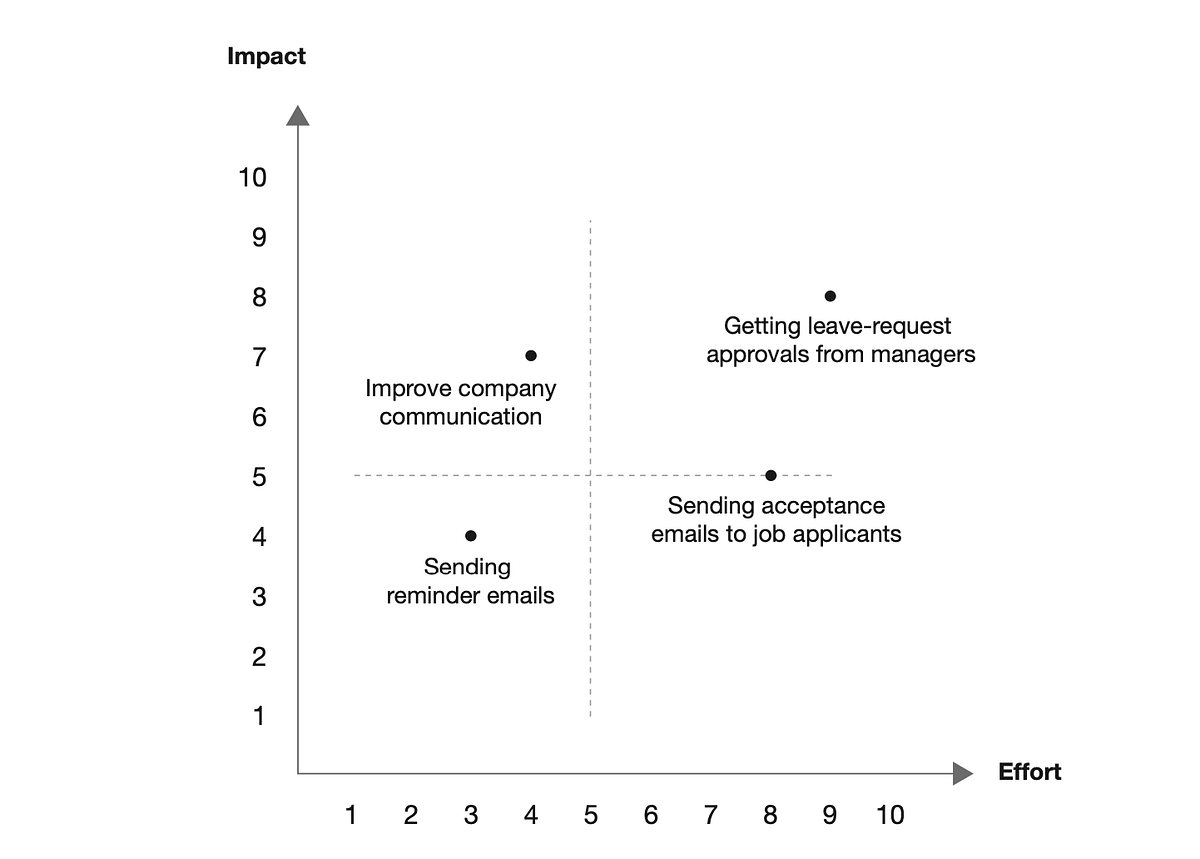Ask anyone about their hobbies and 9 times out of 10, you’ll hear: “I love to travel.”
Travel is a global pastime and in the past decade, the travel industry has undergone a radical transformation, as repetitive tasks previously performed by humans — like searching, booking, and payments — are increasingly automated. AI will only accelerate that transformation. You’d think the days of the travel agency industry would be numbered.
But in reality, the travel agency industry is a rapidly growing sector of the economy. In the United States alone, travel agency revenue is projected to reach $17.3 billion by 2025. In a world where reservations are dominated by automation-driven websites like Airbnb and Expedia, how is this possible?
As I’ve written before, automation does not necessarily entail a robot takeover. More and more, automated tools will handle manual, repetitive tasks. But there will always be jobs that only humans can do, including responsibilities that require creativity, strategizing, and empathy. When you miss your flight from Tokyo and must figure out how to get home, a reassuring (human) voice will be far more comforting than an automated call center. As reported by Purdue University, research shows that consumers feel more isolated by technology than ever before and seek the restorative qualities of vacation above other considerations, such as price. A human touch can go a long way.
Still, the fact remains: repetitive jobs will become obsolete. (Even if, in all likelihood, recruiters will continue asking “how do you handle repetitive tasks” in job interviews.) In order to safeguard your career, it’s crucial to learn how to identify and automate busywork. Here, a closer look at how to handle repetitive tasks and free yourself for the work that only humans can do.
Map your day in workflows
When imagining a typical day at the office, most people think linearly. They organize their day according to a to-do list scribbled down in no particular order, moving from top to bottom and sometimes skipping the tough stuff.
The first step in handling repetitive tasks is reimagining your day as workflows. A workflow is a series of steps that leads to a specific result. For example, making coffee: you grind the beans, measure the coffee, add the water, brew, and voila, your morning brew.
Thinking in workflows means breaking down a seemingly isolated activity into all of its dependencies and component parts. Once you visualize all of the steps, you can highlight flaws in the process and identify parts that are ripe for automation — typically, activities that are repetitive, recurring, and require little-to-no personal input. Then, you figure out how to automate those steps. Sometimes, you can even automate entire workflows.
After I graduated in 2000, I was hired as a programmer for a media company in New York. One of my principal responsibilities was coding web forms — such as payment or contact forms — a task I found repetitive and dull. Tired of building the same forms day after day, I was inspired to figure out on my own how to automate the process, which ultimately, led to the creation of my company, Jotform. In this instance, I automated the entire workflow of creating web forms. But automating even minor steps can add up to significant results — that is, time and mental energy saved for the big stuff.
Clarify your priorities
So, you’ve mapped out your workflows and chosen steps and processes to automate your busywork. Keep going.
The next stage is clarifying your priorities. Examine all of your workflows and identify which to focus on and which to deprioritize, delegate, or eliminate.
In my new book, I write about a tool I use to define my priorities called the impact/effort matrix. It entails a graph where you plot impact on the vertical axis (y-axis) and effort on the horizontal axis (x-axis).
Here’s an example of how a manager’s impact/effort matrix might look:
Once you plot your workflows, here’s how to assess your matrix:
High impact, low effort: Low-hanging fruit with big returns, these are the workflows to start with and will help you build momentum as you kick off your day.
High impact, high effort: These are bigger projects with likewise big returns, but they require a more significant time investment. These should be your secondary priority, at least until you’ve honed your automation strategies.
Low-impact, low effort: Tackle these workflows only if you have extra time or help.
Low impact, high effort: Put simply, these projects are not worth your time. Delegate or dodge them altogether.
Remember that identifying entire workflows to clear from your plate is another strategy for freeing yourself from repetitive tasks.
Embrace laziness
This final strategy is more of a mind-state shift than anything else: embrace laziness.
In general, laziness gets a bad rap. But lazy people can be incredibly resourceful in that they look for the easiest way from Point A to Point B. If there’s a way to automate a repetitive task, the lazy employee will find it. That’s not to say that you shouldn’t do the work, just that you should constantly seek the most efficient way to get it done.
As I mentioned before, I started my form-building company because coding forms was a task I found tedious and uninspiring. You might say I was lazy or impatient in not wanting to create those forms. And if laziness is not wanting to do the same repetitive task again and again, then I’d rather be lazy than diligent. I’d prefer to automate a process that chips into time for creative work I enjoy.
My advice?
Don’t fight feelings of boredom and impatience. If a task feels tedious, don’t blame yourself. Figure out a way to handle repetitive tasks without expending your energy.
We all have just 24 hours in a day. What separates the truly successful from the floundering is how we use those hours; how deliberate we are about our work. This is where automation comes in. Turning repetitive tasks into automated digital processes frees your brain for essential, creative work.
If each workday is a voyage, then consider automation your effortless guide. The goal is to enjoy the journey as much as possible.













Send Comment: